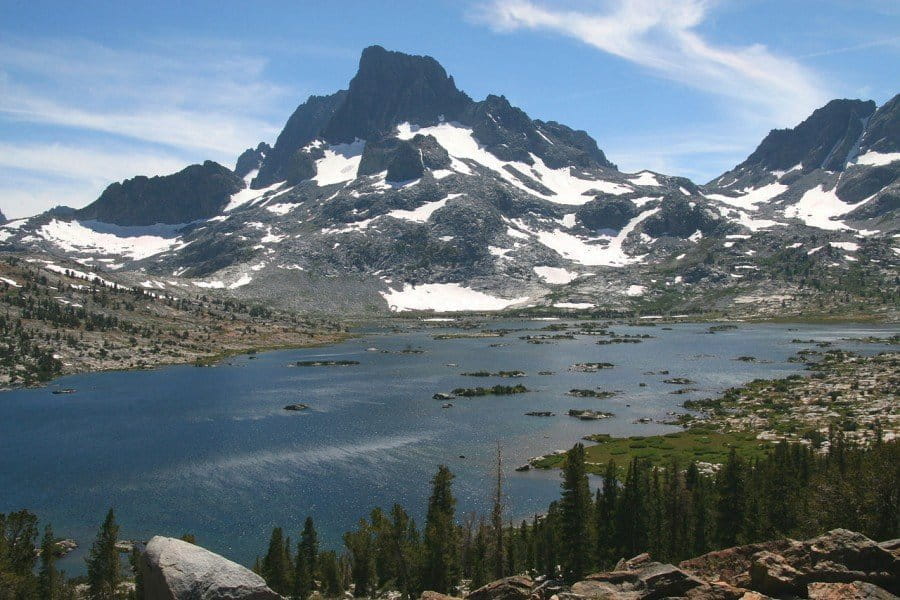- Historically low Sierra Nevada snowpack in 2015 stems from a lack of winter precipitation and record high temperatures, according to a new report.
- Researchers call 2015 snowpack “unprecedented” in the past five centuries.
- Snowpack in the Sierra Nevadas is responsible for 30 percent of California’s water supply.
On April 1, California Governor Jerry Brown stood in a Sierra Nevada meadow atop parched, brown grass — at an elevation of 6,800 feet, where there would normally be five feet of snow at that time of year — and announced the state’s first-ever mandatory water restrictions.
The Golden State is still in the grip of a severe drought that began in 2012, and new research suggests it is one of the worst in centuries.
The day Gov. Brown announced the statewide water restrictions, snowpack in the Sierra Nevadas was reported to be at just 5 percent of its historical average, as calculated from records dating back to the 1930s.
Now a team of researchers at the University of Arizona has found that snowpack in the Sierra Nevada mountain range, which is responsible for 30 percent of the state’s water supply, is actually at the lowest it’s been in five centuries. The results of the team’s study were recently published in the journal Nature Climate Change.
California, known for its dry summer climate, gets about 80 percent of its precipitation in winter months. The historically low snowpack in 2015 stems from a lack of winter precipitation and record high temperatures, according to the report.

To figure out snowpack levels for the past 500 years, the team used tree-ring data collected from blue oaks in central California. The width of the trees’ rings reflected annual winter precipitation, allowing the researchers to reconstruct a record going back to 1405.
The same storms that watered those blue oaks would also have dumped snow in the Sierra Nevada mountains, making the tree rings a good proxy for precipitation in the Sierras, the researchers said.
The team then turned to previously published work by co-author Eugene R. Wahl of the National Oceanic and Atmospheric Administration and the National Centers for Environmental Information, who reconstructed January to March temperatures in central California between 1500 and 1980.
These two datasets allowed the researchers to make snowpack estimates, which they checked against the actual records kept since the 1930s.
While other studies have explored different aspects of historical drought conditions in California, this is the first to specifically examine snowpack.
“Our study really points to the extreme character of the 2014-15 winter,” Valerie Trouet, an associate professor at the University of Arizona’s Laboratory of Tree-Ring Research and an author of the report, said in a statement. “This is not just unprecedented over 80 years — it’s unprecedented over 500 years.”
Previous research has indicated that the drought is mostly due to natural variation and would have occurred without climate change, but that rising global temperatures have almost certainly exacerbated its severity.
The current report makes it clear that California can probably expect droughts to become more common in the future, as the effects of global warming become more pronounced.
“We should be prepared for this type of snow drought to occur much more frequently because of rising temperatures,” Trouet said. “Anthropogenic warming is making the drought more severe.”
CITATION
- Belmecheri, Soumaya, et al. “Multi-century evaluation of Sierra Nevada snowpack.” Nature Climate Change (2015).